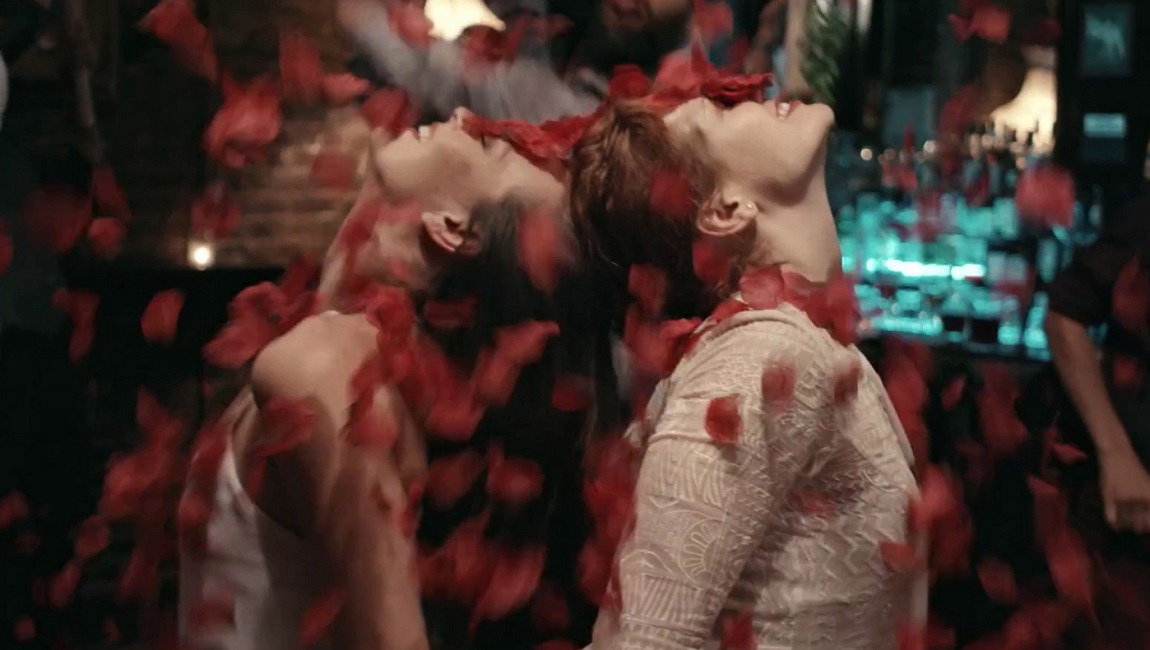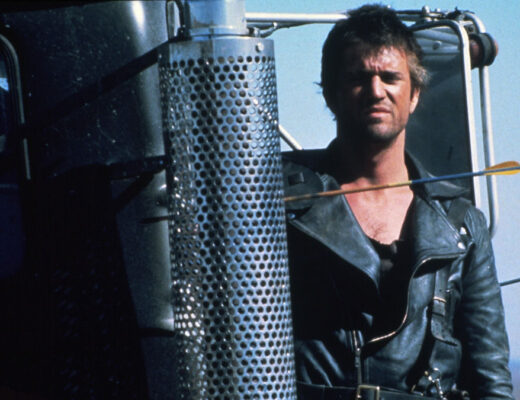Kurt Wimmer’s mirthfully overwrought Children of the Corn, a revamp of one of horror’s longest and least-consequential franchises, is more fun than it should be. It’s not a good movie — did you expect it to be? — but Wimmer, who wrote and directed, carves up a breezy, playfully lurid, never boring slab of sinister silliness, a welcome reprieve from the surfeit of dour, trauma-obsessed horror films that A24 produces and has inspired, selling self-seriousness as art. Wimmer made his name with Equilibrium, one of the more endearing post-Matrix dystopian action flicks of the early 2000s, directed with a glut of style, some of which is pretty cool; its unwinking approach to a ludicrous concept offers unintentional laughs, especially when Christian Bale thinks he’s giving a great performance, but a laugh is a laugh, and Wimmer really believes in the material. Certainly no one can deride him for laziness. He followed this up with Ultraviolet, a flamboyant swirl of CG shine and action scenes so absurd they almost pass as surreal. It’s a mess, and often resembles a PlayStation video game, but there are some images that spark with inspiration.
Wimmer has been quiet for years, and his involvement with a film no one was clamoring for provoked little hype. Children of the Corn premiered in 2020, then lingered in limbo for three years; it’s only making its way to theaters now, and it won’t stay long. Instead, it’s as a surprise bit of pulpy pleasure tucked snuggly between disposable slashers and accepted classics on Shudder that the film will find life. A small town of destitute farmers gathers for a town hall meeting, vexed over their failed crops and demanding a remedy. The government is willing to pay the denizens to not plant corn, and everyone goes along with the idea — well, except the kids, who are led by the unhinged Eden (Kate Moyer) in a craven crusade to save the corn by killing their parents. But the real impetus for the slaughter is that the police, trying to save a group of 15 students from a hostage situation (which we never see), accidentally gas and kill the kids. They have to pay. Meanwhile, a teenager who will soon be escaping her dead town to go to college (Elena Kampouris, who was 22 when this was made) tries to stop them, but you almost root against her because the iniquity of the killer kids is handled so joyfully. The disturbing story revels in the expression of evil, and so do you.
The digital photography looks lovely, belying the modest budget — lustrous light splashing over flaxen fields that sway prettily in the wind, vast grids of golden grain reticulated in orderly files under the blue sprawl of sky. The camera moves rambunctiously, and Wimmer oscillates between intrusive close-ups and slow-motion shots of children traipsing in eerie unison or marching minaciously through night-darkened streets, armed with axes and picks and hoes and pitchforks. Some fun images: the lead little girl, garbed in a gas mask as gray whorls of smoke writhe all around her and a collection of captured adults beg for mercy; and the pint-sized psychos sitting behind the wheels of a pack of big yellow bulldozers, like slumbering beasts, that growl to life and slowly close in on their prey who are cowering in a ditch, waves of dirt washing over them. There’s also an insert shot of the camera whirling with an almost Bay-esque bombast around a water tower as the sun breathes brightly behind the time-tarnished structure, a familiar image that succinctly says: “Rural America.” Why include this shot? Because it’s fun. Is it a well-placed, meaningful moment? Not really. But it’s obvious that Wimmer is trying to keep things lively.
The problem, then, is that there’s no innocence to corrupt here — our main villain is menacing from the beginning, and we don’t ever see how she influenced a whole town of rural children to rise up and slaughter the adults. The diabolical deity they serve, He Who Walks Behind the Rows in King’s story and the original film, makes no notable impression (not that it did in any previous iteration), its presence depicted as poorly-animated tendrils wriggling in the rows. Wimmer’s film isn’t particularly memorable, and the Children of the Corn series has yet to summon a single indelible moment in 40 years, but you have to appreciate a horror film that aspires to entertain, and often succeeds. Good job, Kurt, and welcome back.
Published as part of InRO Weekly — Volume 1, Issue 9.







